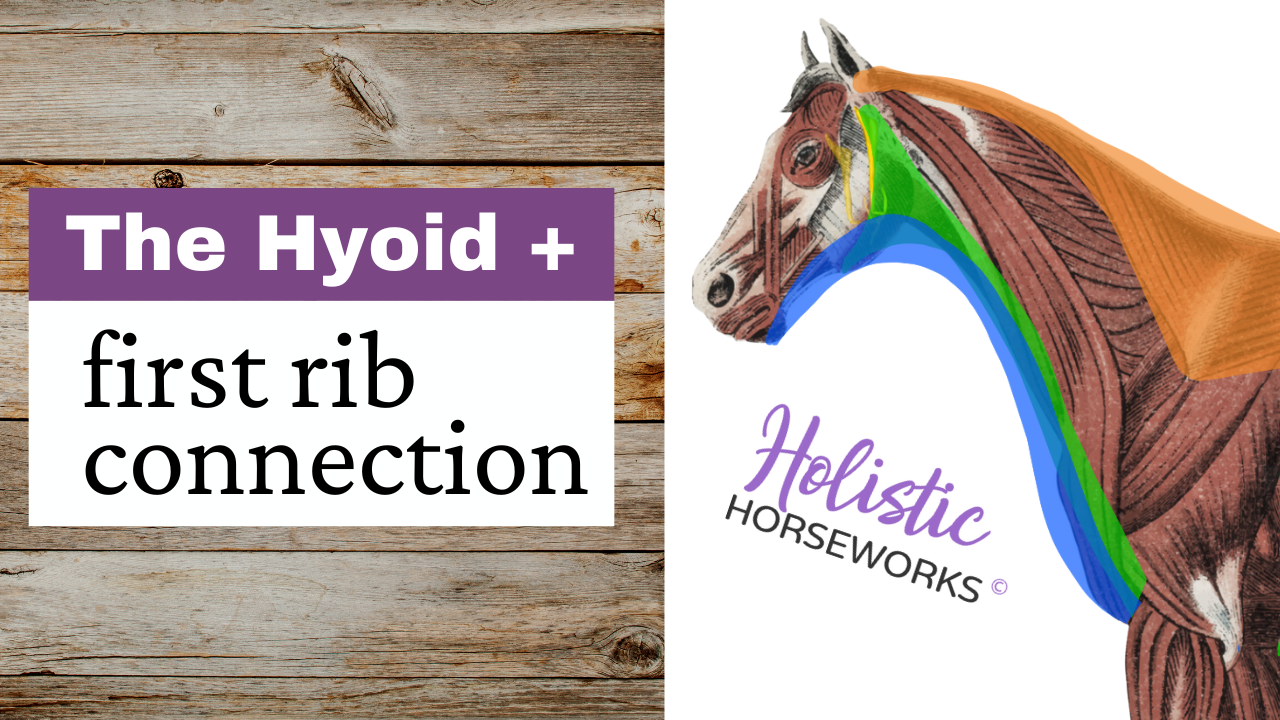
The Hyoid and First Rib Connection
Share this post:
Before we get started, let’s establish some basics. What is the hyoid? The hyoid apparatus is a collection of bones and muscles in the horse’s head and controls the balance, coordination, and movement of your horse. It’s suspended from the temporal bones, which are located just under the horse’s ears, and you can actually feel the horse’s hyoid in the soft hollow in the horse’s mandible.
Before we get started, let’s establish some basics. What is the hyoid? The hyoid apparatus is a collection of bones and muscles in the horse’s head and controls the balance, coordination, and movement of your horse. It’s suspended from the temporal bones, which are located just under the horse’s ears, and you can actually feel the horse’s hyoid in the soft hollow in the horse’s mandible.
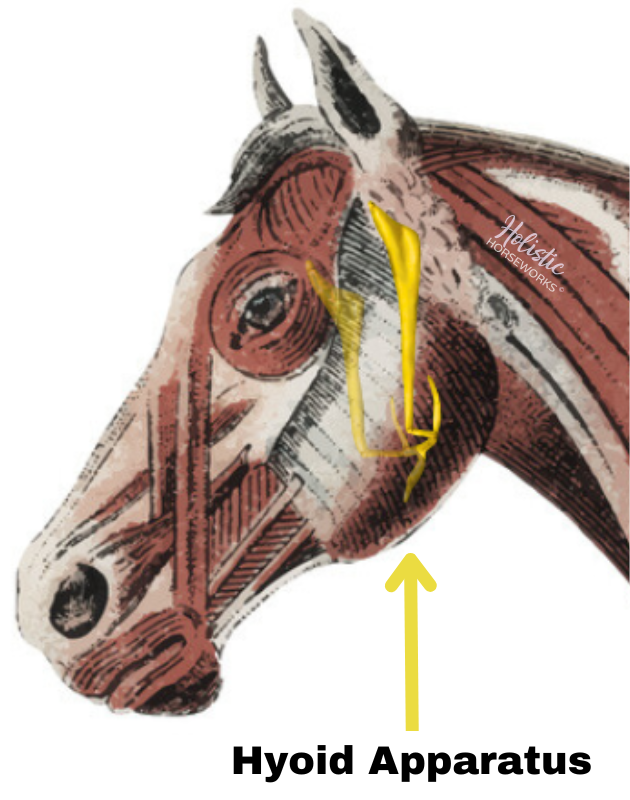
Many people talk about the hyoid as the cause of an issue. The equine industry has established that the hyoid is connected not only directly to the tongue, forelimb, and poll but also indirectly to the hindquarter. Therefore, a restriction, pain or any dysfunction in the hyoid may have a direct impact on the mobility of the horse, leading to a shortened or stilted gait.
However, looking at this from a holistic perspective, it is also important to consider what else the hyoid is affected by. The prominent first rib misalignment, as we talk about so often here at Holistic Horseworks, will not only impact the front end of the horse but also bacl to the hind end and even all the way up to the hyoid. And so our vicious cycle ofimbalance and misalignment continues in a never ending feedback loop.
To understand how the hyoid works together with the rest of the body so that it can all be brought back into balance, let’s take a closer look at the three important connections.
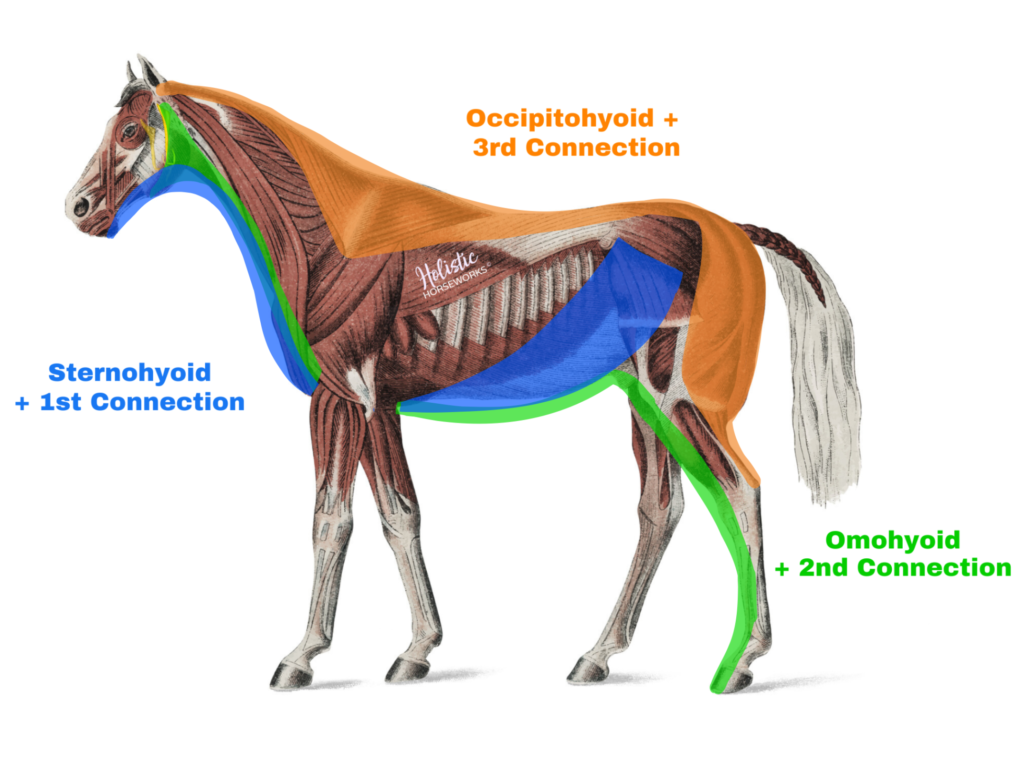
The sternohyoid muscle is the first connection: it connects the horse’s tongue & mouth to the chest of the horse. From here the fascia connections and muscular connections carry through the pectoral muscles along the lower inside of the horse, together with the abdominal muscles, and into the pelvis. This is often referred to as the bottom connection of the horse.
The omohyoid muscle is the second connection: it connects to the shoulder joint, linking into the fascial connection that runs from the head, along the lower inside of the neck, middle of the shoulder, and all the way to the toe on the hindlimb.
The occipitohyoid muscle is the third connection: it connects the hyoid to the poll, creating a direct connection from the shoulder through the hyoid to the poll, and from there through the nuchal ligament, the dorsal muscular connection. Back to the hindquarters. This is commonly known as the top line of the horse.
At Holistic Horseworks, all of our students understand the impact of the first rib on the totality of the horse, and with Equine Musculoskeletal Unwinding we learn how to release the first rib. With all of this information, we can also understand the impact of a misaligned first rib on the hyoid, its connection, and linkages.
When a misaligned first rib impedes the movement of the shoulder and through the second connection the omohyoid, then it also extends to affect all three connections including the sternohyoid and the occipitohyoid.
It is important to take a holistic view to treat the entire body as it is all interconnected from the hind to the front and tongue through the top line and the bottom line and all those all so intricate connections.
In Holistic Horseworks classes from level 1 all the way through to level 3 we teach our students how to address all aspects impacting on the Hyoid. And ultimately your horse’s ability to perform at its best and in total comfort with joy and ease up into its 30’s. A horse should not need joint injections or be retired early if everything in the horse’s body is working correctly and efficiently. We invite you to join us in learning all about this at our next hands-on horse bodywork clinic.
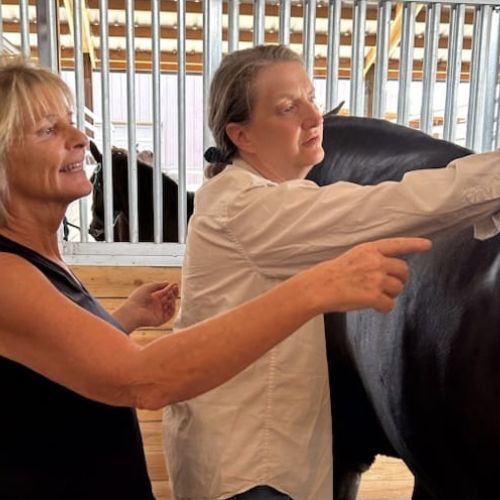
HOLISTIC HORSEWORKS GLOBAL CLINICS
Holistic Horseworks has a team of global instructors who teach hands-on horse bodywork clinics all over the world! Head on over to our schedule page to see the Level 1: Equine Musculoskeletal Unwinding, Level 2: Cranio Sacral Unwinding and Advanced Applied Kinesiology, and Level 3: Equine Cranial Decompression clinics coming soon.
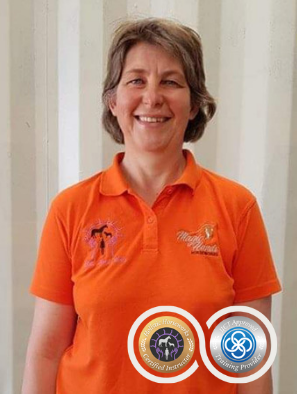
Author and Holistic Horseworks Instructor
Marisa Levitt
Magic Hands Horseworks
Horse rider since childhood. Had a break from horses. When I came back to horses in 2013, I bought a little mare that was in trouble. She stole my heart. She is the reason I went down the equine practitioner path. Once I was introduced to the Holistic Horseworks Level one workshop there was no stopping. I went on to qualify in the human side of things too as I soon realised through my own experience that the rider and the horse can impact the balance of each other.
More Posts
Mud Fever Prevention and Remedies
Mud fever, also known as pastern dermatitis, scratches, grease heel, etc., is a common skin condition in horses caused by a combination of wet and muddy conditions, bacteria, and fungi. It typically affects the lower legs, especially white ones, and, if not addressed properly. can cause discomfort and lameness. Immune-challenged horses are also more susceptible to getting mud fever.
Is It Really a Training Problem, or Is Your Horse in Pain?
If your horse bucks, resists the canter, or just feels off under saddle, the first thing many people assume is that it’s a training issue. Maybe the horse is being stubborn, or maybe it just needs more groundwork. But I want to let you in on something I’ve seen over and over again—those “training problems” are almost always your horse trying to say, “Ouch, that hurts!”
Did You Know That Saddle Fit Issues Are Really Horse Body Issues?
Saddle fit isn’t just about the saddle — it’s about the ever-changing body of the horse beneath it. While it’s tempting to invest in custom saddles or quick fixes like padded inserts, lasting comfort and performance come from addressing the root of the issue: your horse’s physical balance and symmetry.
Useful, Helpful Tips and Tricks for Horse Care | April Love’s Interview on The Backyard Horse Enthusiast
What would you do if your horse was limping, colicking, or spooking—and no one could tell you why? That question lit a fire in April Love that would grow into a global mission: helping horse owners uncover the root causes of mystery lameness, behavioral issues, and chronic pain that traditional methods often miss.
How to Find the Cause of Lameness in Horses
When a horse shows signs of lameness, pinpointing the exact cause can be challenging due to compensatory mechanisms. Horses often redistribute weight and movement to avoid pain, making the actual injury difficult to locate. Here’s a practical step-by-step guide to help you identify the root cause of lameness in horses.
5 Must-Know Hore Care Tips for Winter
In this comprehensive guide, we'll share five essential cold weather horse care tips straight from the experts at Holistic Horseworks.Whether you're dealing with freezing temperatures, icy conditions or relentless mud, these strategies will help you keep your horse happy and healthy through even the harshest of winters.
Dogs Love Bodywork, Too! (Prevents ACL Tears and Hip Displaysia.)
If you’ve ever watched your dog run and noticed something a bit off—like both hind legs moving together or noticeably dragging their toes—it might be more than just an aging issue or a minor injury. Proactively managing canine skeletal health can prevent long-term joint issues such as hip dysplasia and ACL tears.

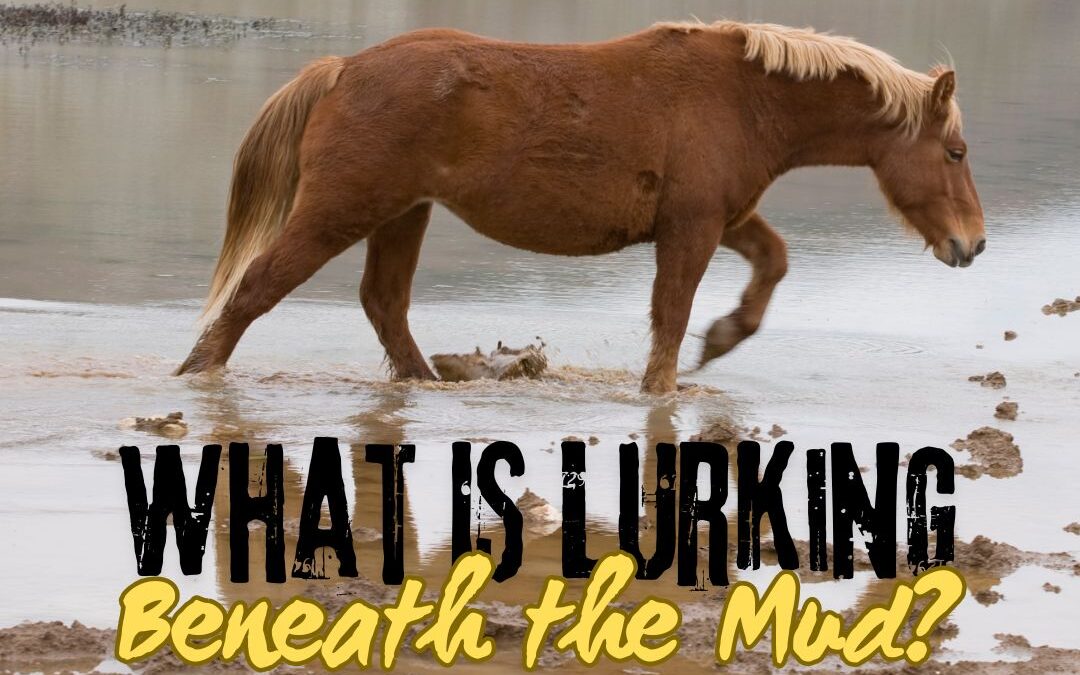
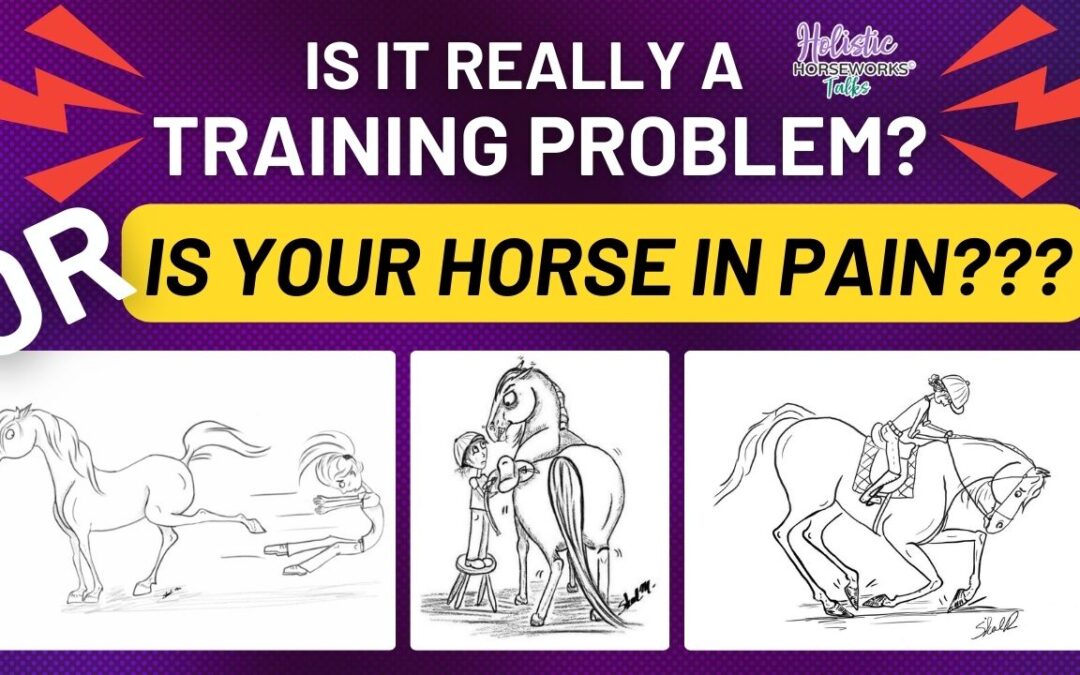

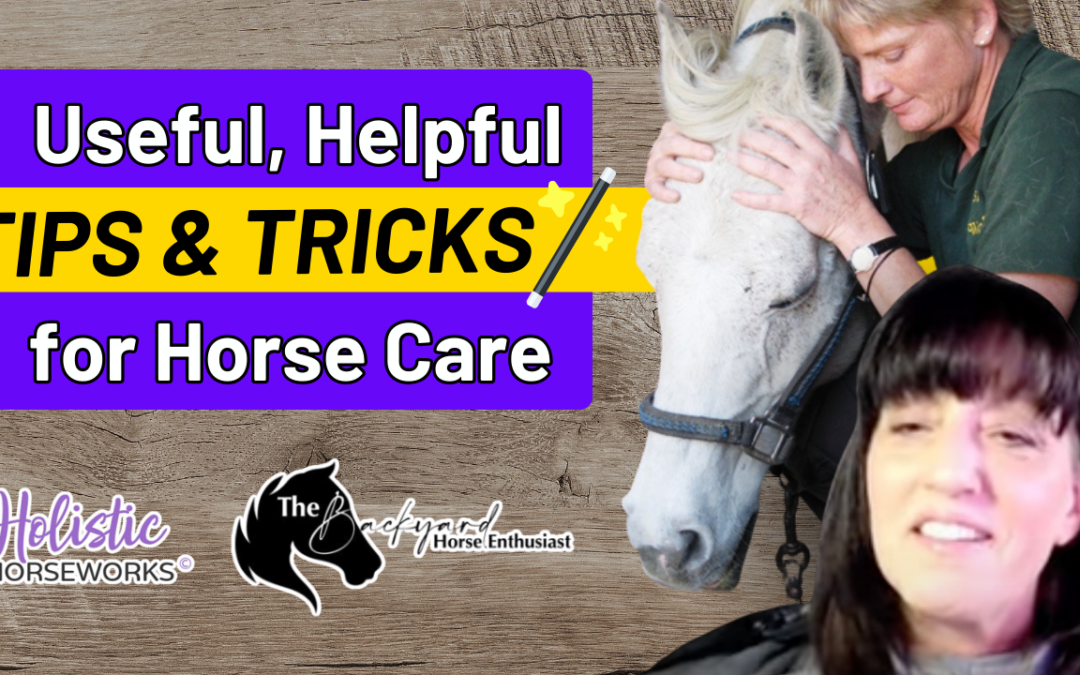
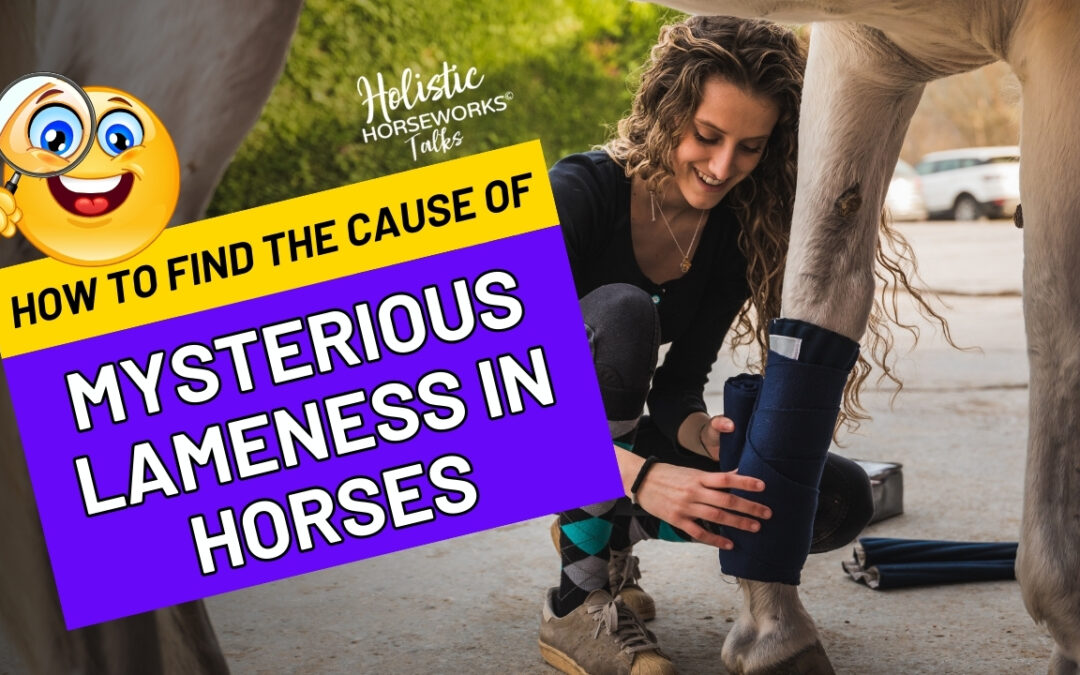
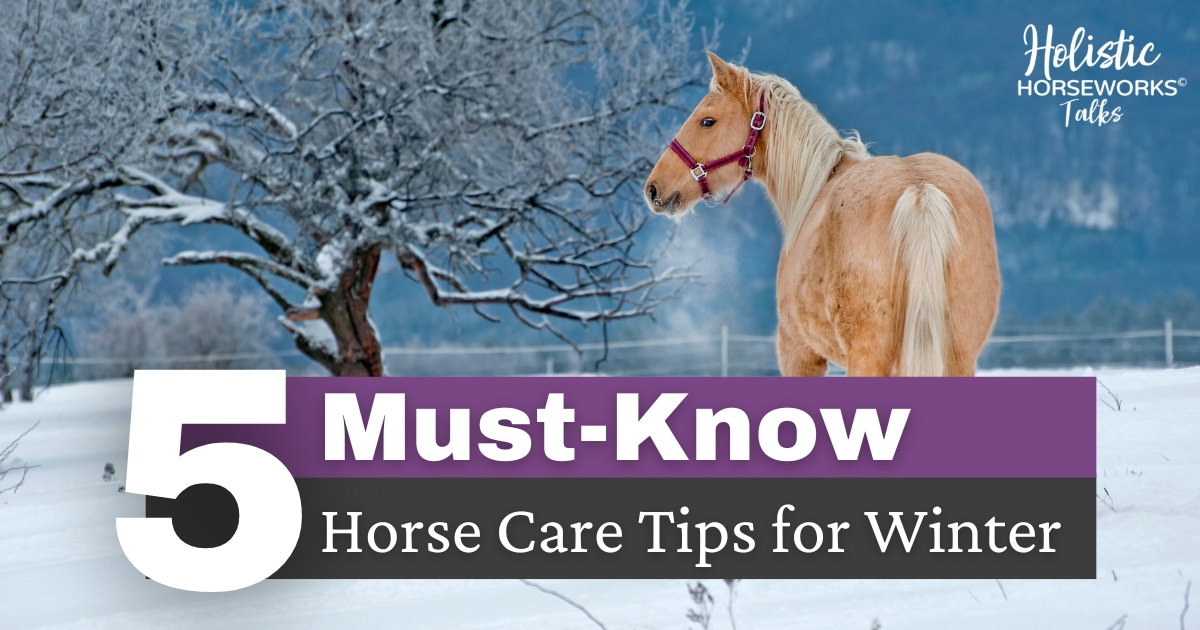
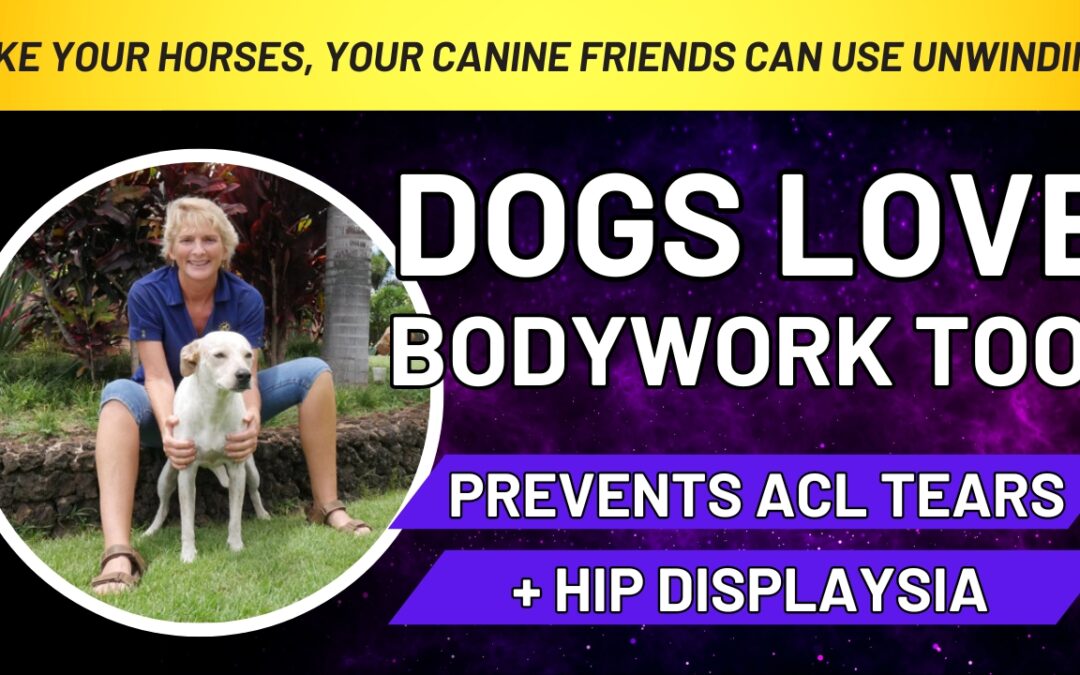
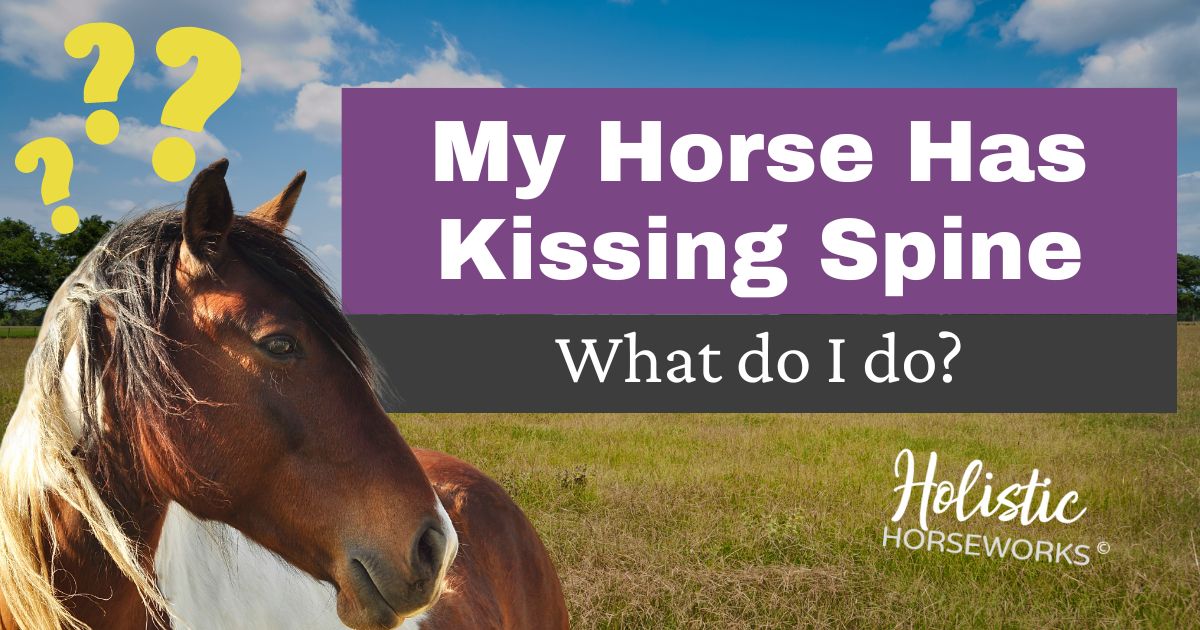
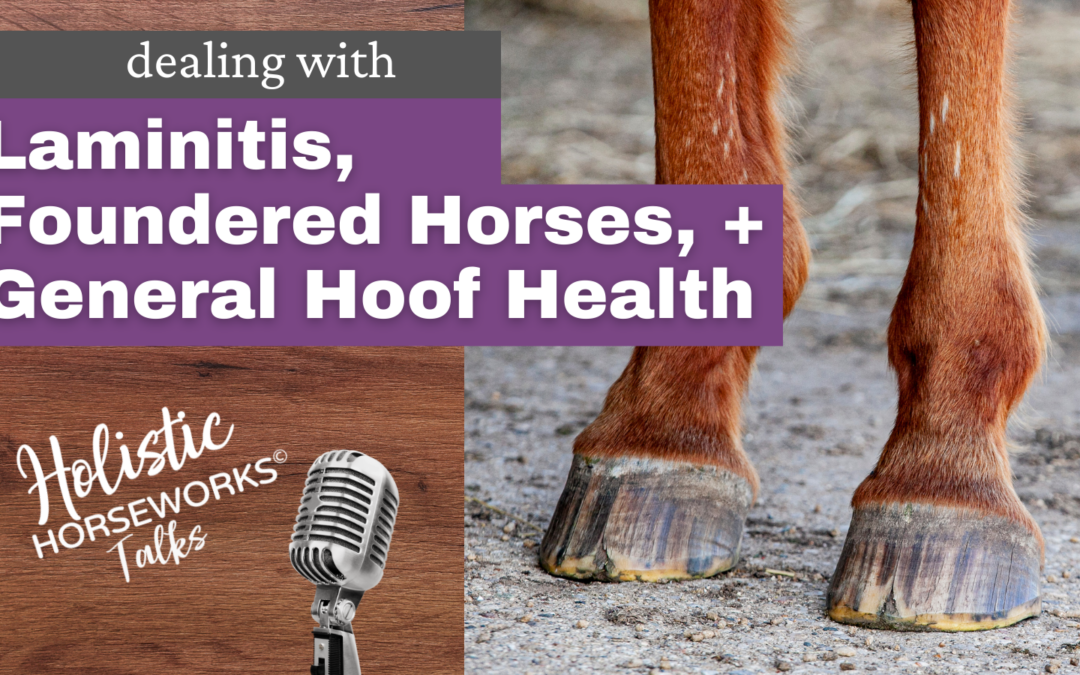
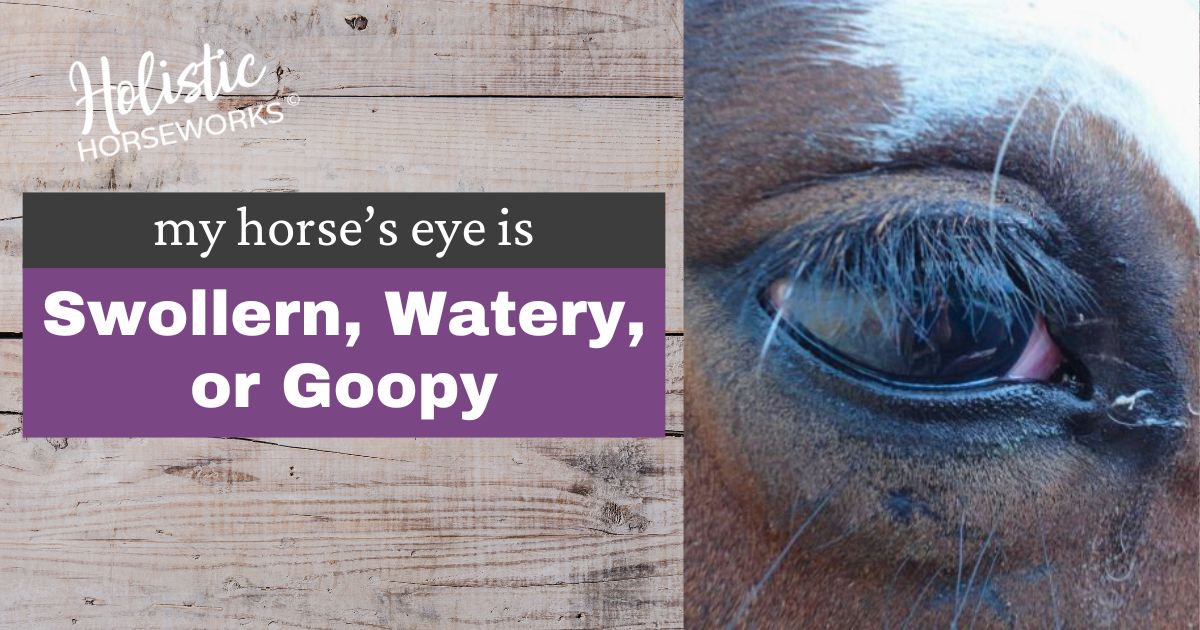
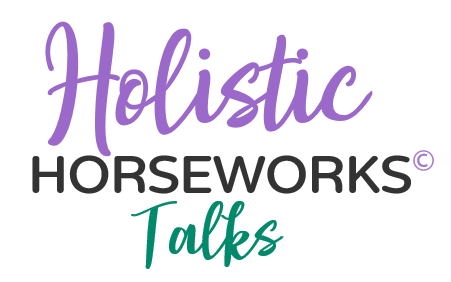
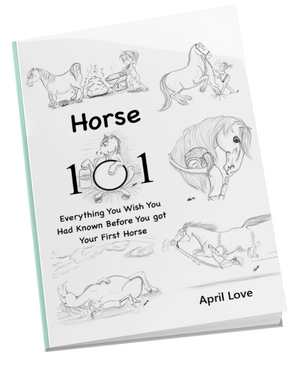
![Complete Level 1 & Level 2 Home Study + Private Training Package [NO DVD]](https://holistichorseworks.com/wp-content/uploads/2022/08/Level-1-and-Level-2-complete-home-study-and-training-package-400x400.jpg)
![Level 1 "Equine Musculoskeletal Unwinding" Home Study -Watch Instantly [NO DVD]](https://holistichorseworks.com/wp-content/uploads/2022/08/Level-1-Home-Study-400x400.jpg)
![Level 2 “CranioSacral Unwinding & Advanced Applied Kinesiology” Home Study - Watch Instantly [NO DVD]](https://holistichorseworks.com/wp-content/uploads/2022/08/Level-2-Home-Study-400x400.jpg)
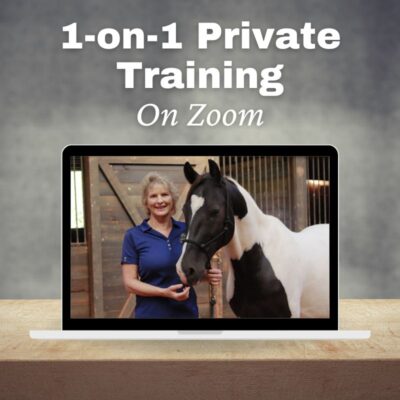
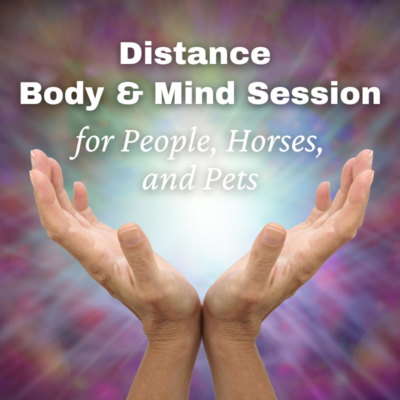
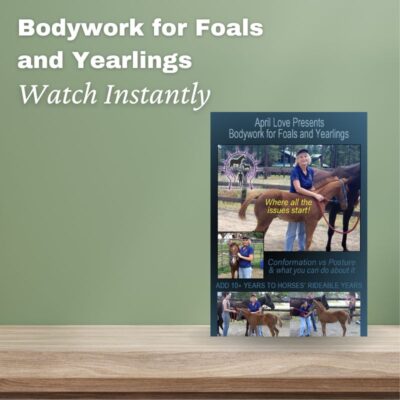
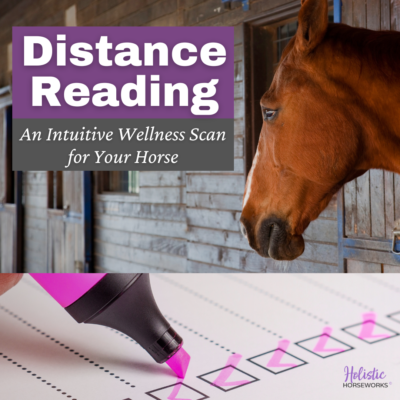
![Equine CranioSacral Energy Work -Watch Instantly [English and French]](https://holistichorseworks.com/wp-content/uploads/2022/09/equine-cranial-sacral-energy-work-watch-instantly-400x400.jpg)